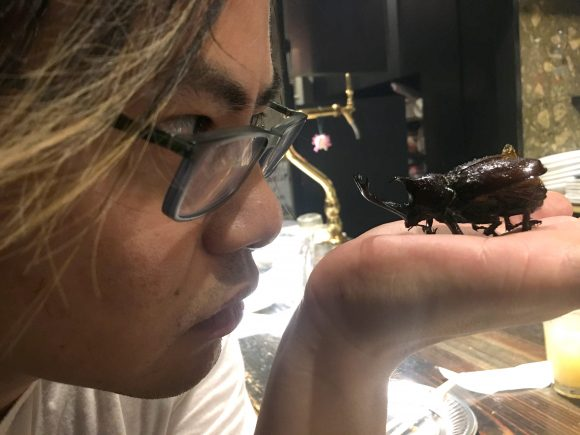
And no, it does not taste like chicken.
As we’ve talked about before, kabutomushi, or Japanese rhinoceros beetles, have been a popular pet among Japanese children for generations. However, sort of like temporary tattoos or Velcro sneakers, kabutomushi-raising is a hobby that most people are expected to grow out of as they get older.
Recently, our Japanese-language reporter Seiji was reminiscing about his childhood. Like all boys his age, he wanted a kabutomushi of his very own, but his parents wouldn’t buy one for him, which has left him with a lingering regret from missing out on a quintessential childhood pastime. As he got a misty look in his eyes, we decided to do something nice for Seiji and gave him some cash so that he could have a kabutomushi.
Oh, but by “have” we mean “eat.”
See, just a few days ago we heard that Chinjuya, a pub in the city of Yokohama’s Noge neighborhood, had added a new item to its menu: rhinoceros beetles.
Seiji climbed the steps and entered the pub, finding himself in an interior that was dimly lit. That’s an understandable choice, seeing as how Chinjuya (which means “strange beast restaurant”) serves not only kabutomushi, but also giant isopods and piranhas.
Despite ingredients that many, including the vast majority of people in Japan, would call gross, Chinjuya isn’t about to neglect the artful presentation that characterizes Japanese culinary culture, and Seiji’s beetle arrived tastefully arranged on a plate along with a wedge of lemon and slice of watermelon.
Don’t worry, Chinjuya doesn’t go out to the park and scrounge up the food it feeds to its customers. The kabutomushi it serves are specifically raised for consumption and take three years to reach edible size, an amount of time reflected in their 1,480-yen (US$13.50) price on the menu.
But caught in the wild or not, a beetle is a beetle, so Seiji needed a few moments to build up the nerve to actually eat it. He was somewhat emboldened by the fact that he’s previously eaten Japanese diving beetles and scarabs, and remembered from those occasions that once you find the courage to actually start eating insects, they often don’t taste all that bad.
▼ When you work for SoraNews24, some days you get two eat two McDonald’s burgers at once, and some days you just eat bugs.
If you’re wondering how you’re supposed to remove the meat from the exoskeleton, you don’t. Chinjuya’s kabutomushi are cooked and eaten whole, as finger food.
The shell remains crisp after cooking, so there’s a lot of audible crunching involved as you chew. So how does it taste? “Overwhelmingly earthy, with a tiny trace of India ink-flavor at the end.,” Seiji told us, with an expression that was disturbingly calm for someone who’d just eaten a whole beetle.
▼ And no, we’re not sure why Seiji knows what India ink tastes like.
That may not sound all that appealing, but it does fit nicely with Chinjuya’s motto, which is “The taste of nature, with absolutely no guarantee of deliciousness!”
Restaurant information
Chinjuya / 珍獣屋
Kanagawa-ken, Yokohama-shi, Naka-ku, Nogecho 1-45
神奈川県横浜市中区野毛町1−45
Open 5 p.m.-9 p.m. (weekdays, Sunday), 5 p.m.-11 p.m. (Saturday)
Photos ©SoraNews24
[ Read in Japanese ]

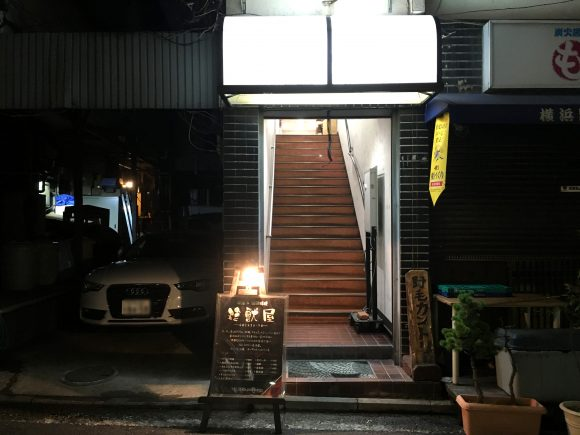
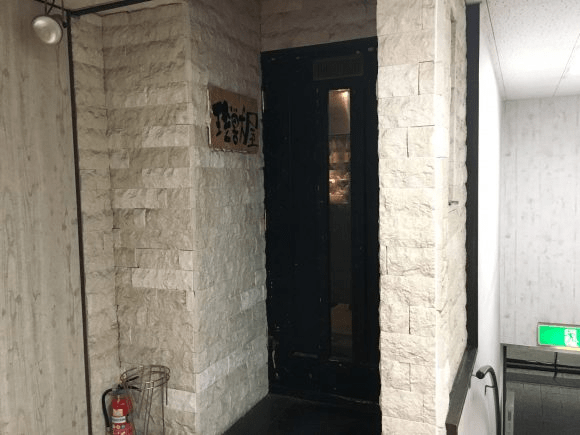
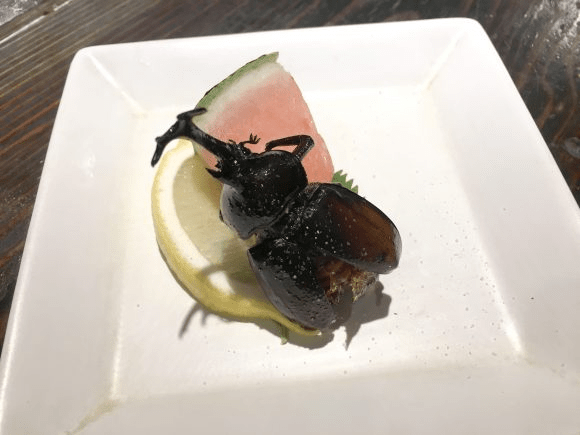
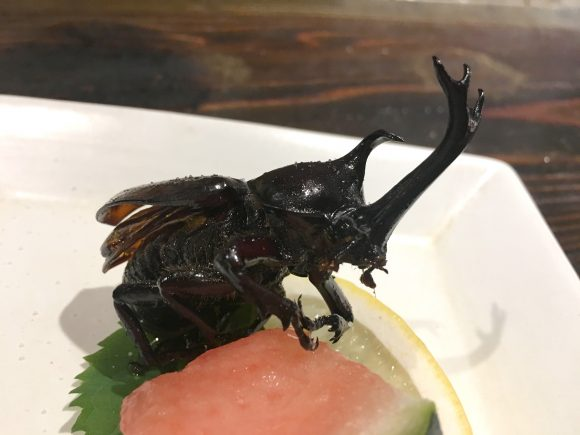
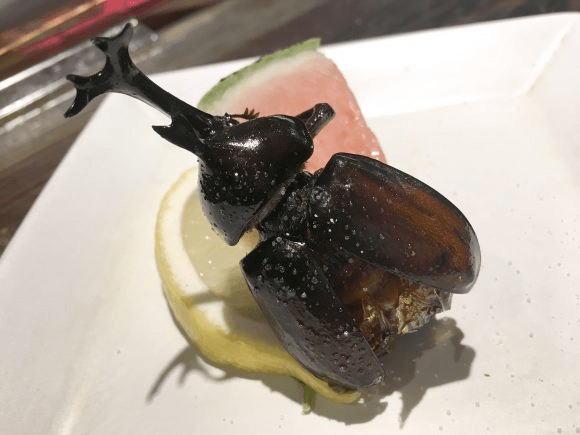
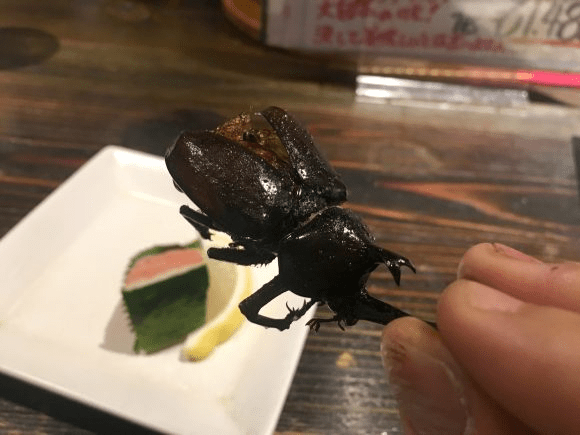
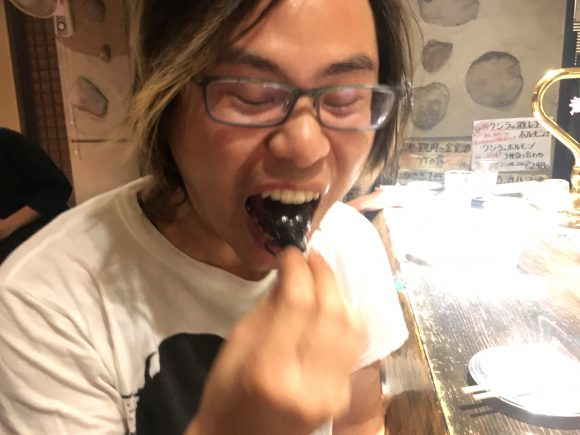

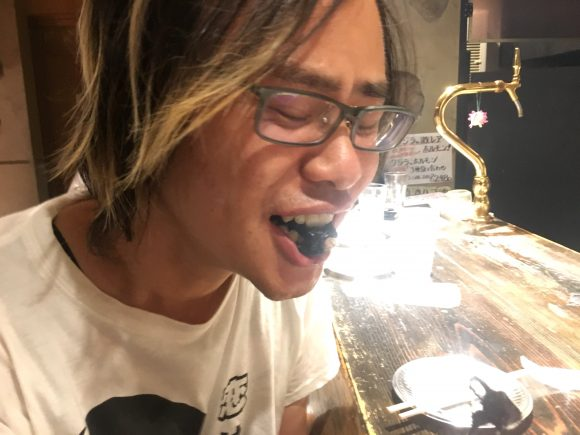
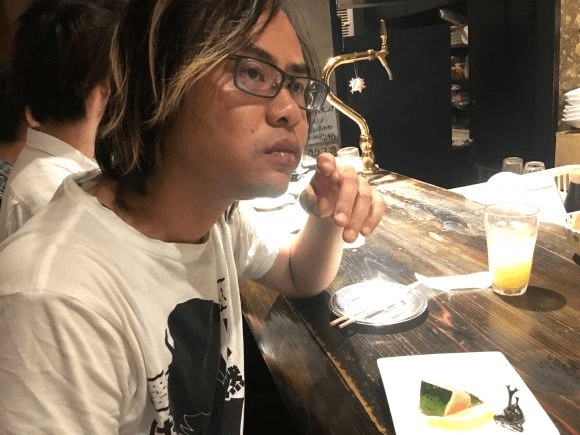
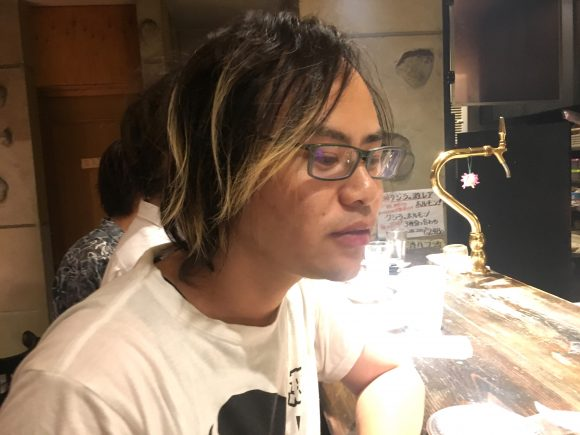
 Store serves edible Japanese rhinoceros beetles, apparently pairs well with beer
Store serves edible Japanese rhinoceros beetles, apparently pairs well with beer Test your luck with one of six randomly selected 2023 Tomica lucky toy cars
Test your luck with one of six randomly selected 2023 Tomica lucky toy cars Yokohama restaurant serves fried axolotl, along with giant isopod, camel, and crocodile
Yokohama restaurant serves fried axolotl, along with giant isopod, camel, and crocodile “Hey, Japanese taxi driver, take us to the best Sapporo ramen place!” – Things don’t go as planned
“Hey, Japanese taxi driver, take us to the best Sapporo ramen place!” – Things don’t go as planned Our Japanese reporter eats instant ramen from a bag for (almost) the first time in his life
Our Japanese reporter eats instant ramen from a bag for (almost) the first time in his life Japan’s new difficult-to-drink-from beer glass protects your liver, but it’s a brutal experience
Japan’s new difficult-to-drink-from beer glass protects your liver, but it’s a brutal experience How to order snacks on a Shinkansen bullet train in Japan
How to order snacks on a Shinkansen bullet train in Japan New samurai glasses are Japan’s latest weird must-have souvenir
New samurai glasses are Japan’s latest weird must-have souvenir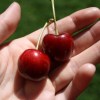 “Deflowering” services for virgin women are now a thing in Japan, apparently
“Deflowering” services for virgin women are now a thing in Japan, apparently Doraemon found buried at sea as scene from 1993 anime becomes real life【Photos】
Doraemon found buried at sea as scene from 1993 anime becomes real life【Photos】 Burger King Japan suddenly adds Dr. Pepper and Dr. Pepper floats to its menu nationwide
Burger King Japan suddenly adds Dr. Pepper and Dr. Pepper floats to its menu nationwide Hello, cosmetics! Clinique teams up with Hello Kitty this summer for first-time collaboration
Hello, cosmetics! Clinique teams up with Hello Kitty this summer for first-time collaboration Princesses, fruits, and blacksmiths: Study reveals the 30 most unusual family names in Japan
Princesses, fruits, and blacksmiths: Study reveals the 30 most unusual family names in Japan High-fashion Totoro cuddle purse is like an elegant stroll in the forest【Photos】
High-fashion Totoro cuddle purse is like an elegant stroll in the forest【Photos】 Demon Slayer: Kimetsu no Yaiba gets new roller coaster attractions and food at Universal Studios Japan
Demon Slayer: Kimetsu no Yaiba gets new roller coaster attractions and food at Universal Studios Japan Nintendo history you can feel – Super NES, N64, and GameCube controllers become capsule toys
Nintendo history you can feel – Super NES, N64, and GameCube controllers become capsule toys “The most Delicious Cup Noodle in history” – Japan’s French Cup Noodle wins our heart【Taste test】
“The most Delicious Cup Noodle in history” – Japan’s French Cup Noodle wins our heart【Taste test】 Starbucks releases a cute Frappuccino and Unicorn Cake…but not in Japan
Starbucks releases a cute Frappuccino and Unicorn Cake…but not in Japan Kyoto Tower mascot termination reveals dark side behind cute Japanese characters
Kyoto Tower mascot termination reveals dark side behind cute Japanese characters McDonald’s Japan’s Soft Twist Tower: A phantom ice cream only sold at select branches
McDonald’s Japan’s Soft Twist Tower: A phantom ice cream only sold at select branches Yabai Ramen: What makes this Japanese ramen so dangerous?
Yabai Ramen: What makes this Japanese ramen so dangerous? Finally! Nintendo Japan expands Switch 8-bit controller sales to everybody, Online member or not
Finally! Nintendo Japan expands Switch 8-bit controller sales to everybody, Online member or not Japanese government wants to build luxury resorts in all national parks for foreign tourists
Japanese government wants to build luxury resorts in all national parks for foreign tourists To combat declining birth rate, Japan to begin offering “Breeding Visas” to foreigners
To combat declining birth rate, Japan to begin offering “Breeding Visas” to foreigners 10 things you should buy at 7-Eleven in Japan
10 things you should buy at 7-Eleven in Japan Studio Ghibli releases anime heroine cosplay dresses that are super comfy to wear
Studio Ghibli releases anime heroine cosplay dresses that are super comfy to wear Woman charged for driving suitcase without a license in Osaka
Woman charged for driving suitcase without a license in Osaka Studio Ghibli unveils My Neighbour Totoro miniature house model
Studio Ghibli unveils My Neighbour Totoro miniature house model Kyoto experiencing problems with foreign tourists not paying for bus fares, but not on purpose
Kyoto experiencing problems with foreign tourists not paying for bus fares, but not on purpose Fighting mild hunger with a Japanese soda that turns into jelly in the stomach【Taste test】
Fighting mild hunger with a Japanese soda that turns into jelly in the stomach【Taste test】 Studio Ghibli’s Howl’s Moving Castle tapestry unveiled in Japan for first time
Studio Ghibli’s Howl’s Moving Castle tapestry unveiled in Japan for first time McDonald’s new Happy Meals offer up cute and practical Sanrio lifestyle goods
McDonald’s new Happy Meals offer up cute and practical Sanrio lifestyle goods Sales of Japan’s most convenient train ticket/shopping payment cards suspended indefinitely
Sales of Japan’s most convenient train ticket/shopping payment cards suspended indefinitely Sold-out Studio Ghibli desktop humidifiers are back so Totoro can help you through the dry season
Sold-out Studio Ghibli desktop humidifiers are back so Totoro can help you through the dry season Japanese government to make first change to romanization spelling rules since the 1950s
Japanese government to make first change to romanization spelling rules since the 1950s Foreigner’s request for help in Tokyo makes us sad for the state of society
Foreigner’s request for help in Tokyo makes us sad for the state of society Ghibli founders Toshio Suzuki and Hayao Miyazaki contribute to Japanese whisky Totoro label design
Ghibli founders Toshio Suzuki and Hayao Miyazaki contribute to Japanese whisky Totoro label design Tokyo’s most famous Starbucks is closed
Tokyo’s most famous Starbucks is closed Guy learns powerful lesson: Sending 240 beetles in the mail will kill them all
Guy learns powerful lesson: Sending 240 beetles in the mail will kill them all Shibuya strip show-adjacent extra-fatty beef bowl fails and succeeds in impressing us
Shibuya strip show-adjacent extra-fatty beef bowl fails and succeeds in impressing us We cook a monjayaki Japanese pancake on the hood of a car during Japan’s hottest summer ever【Vid】
We cook a monjayaki Japanese pancake on the hood of a car during Japan’s hottest summer ever【Vid】 This London ramen restaurant’s super-strange ramen shocks our Japanese taste-tester
This London ramen restaurant’s super-strange ramen shocks our Japanese taste-tester This is the one and only kakuni pork bowl restaurant in Tokyo, and it’s amazing
This is the one and only kakuni pork bowl restaurant in Tokyo, and it’s amazing Takoyaki store in Osaka becomes a hot topic on Reddit, but is it any good?
Takoyaki store in Osaka becomes a hot topic on Reddit, but is it any good? Amazon Japan are selling Uber Eats backpacks and they’re surprisingly useful
Amazon Japan are selling Uber Eats backpacks and they’re surprisingly useful Why isn’t there more deer poo in Nara Park? This very strange museum has the answer【Photos】
Why isn’t there more deer poo in Nara Park? This very strange museum has the answer【Photos】 Eating a shark heart from a Tokyo supermarket【Photos】
Eating a shark heart from a Tokyo supermarket【Photos】 How to make a shaved ice dessert out of instant noodles
How to make a shaved ice dessert out of instant noodles Does Tokyo’s King of Tonkatsu live up to its name? We find out 【Taste Test】
Does Tokyo’s King of Tonkatsu live up to its name? We find out 【Taste Test】 Aged vending machine in Tokyo appears to sell stag beetles
Aged vending machine in Tokyo appears to sell stag beetles Noodle joint in Harajuku becomes a hot topic with foreigners on Reddit, but is it any good?
Noodle joint in Harajuku becomes a hot topic with foreigners on Reddit, but is it any good? What did Mark Zuckerberg eat at McDonald’s in Japan, and is it as great as he says it is?
What did Mark Zuckerberg eat at McDonald’s in Japan, and is it as great as he says it is? What it’s like to eat dancing squid in Japan for the first time
What it’s like to eat dancing squid in Japan for the first time Is Burger King’s Big Mouth Burger really as overwhelmingly meaty as promised? 【Taste test】
Is Burger King’s Big Mouth Burger really as overwhelmingly meaty as promised? 【Taste test】
Leave a Reply